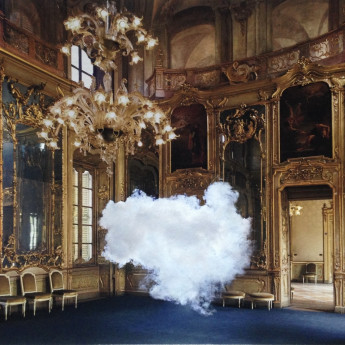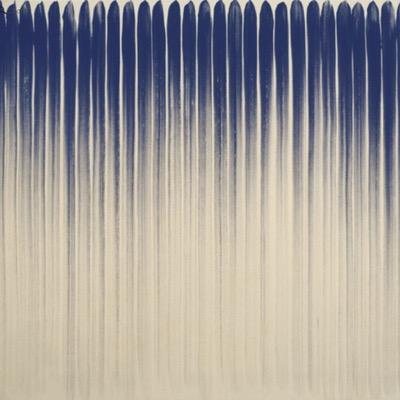
Details
Artist
Styles
Black granite on wooden pedestal // One Stroke Circle by Nobuo Sekine, created in 1974, is a sculptural piece that embodies the artist’s meditative approach to form and material. Crafted from black granite and set on a wooden pedestal, the circular shape features an abstract, yin-yang-like void within, suggesting balance and duality. The textured surface and carved lines within the circle add depth and invite contemplation of its minimalist beauty. Sekine, a key figure in the Mono-ha movement, often emphasizes natural materials and simple forms to evoke a connection between the physical and the conceptual. This work resonates with themes of harmony, space, and the fluidity of perception.
One Stroke Circle, 1974
form
Medium
Size
35 x 35 X 6 cm
- Inches
- Centimeters
Edition
Price
Details
Artist
Styles
Black granite on wooden pedestal // One Stroke Circle by Nobuo Sekine, created in 1974, is a sculptural piece that embodies the artist’s meditative approach to form and material. Crafted from black granite and set on a wooden pedestal, the circular shape features an abstract, yin-yang-like void within, suggesting balance and duality. The textured surface and carved lines within the circle add depth and invite contemplation of its minimalist beauty. Sekine, a key figure in the Mono-ha movement, often emphasizes natural materials and simple forms to evoke a connection between the physical and the conceptual. This work resonates with themes of harmony, space, and the fluidity of perception.
What is Mono-Ha?
Meaning School of Things, Mono-ha originated in Tokyo in the mid-1960s. Instead of creating traditional artwork, the artists of Mono-ha used different materials and their natural properties to express dismay at the industrialization taking place in Japan at the time. The movement gained international attention and is now a widely respected form of art, known for its emphasis on the relationship between materials and their environment.












